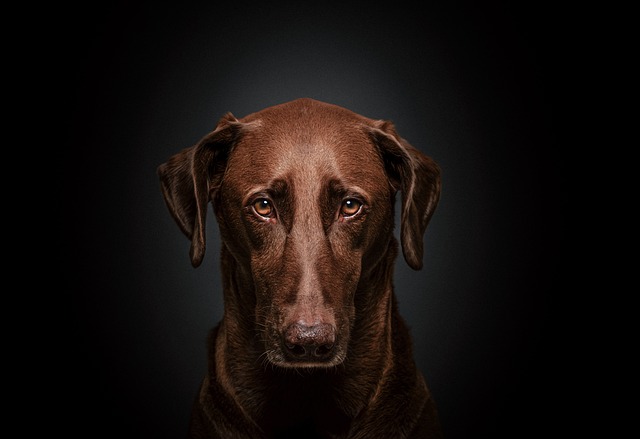
How can I tell if my dog's heatstroke is serious
Let’s be real: It’s a sticky August morning in Los Angeles, and you took your 2-year-old Golden Retriever, Max, for a walk a little later than usual
Running your fingers through your dog’s soft fur is one of life’s simple pleasures, but beneath that coat lies an organ just as vital as any other—their skin. Just like us, dogs need proper skin care to stay healthy, comfortable, and free from itching. Overlooking this essential aspect of pet care isn’t just uncomfortable for your furry friend; it can lead to serious health issues down the line.
Think about all the places your dog goes: romping through grassy fields, exploring muddy puddles, and snuggling on your couch. Each adventure exposes their skin to allergens, bacteria, and irritants. Short-haired breeds might seem low-maintenance, but they’re still prone to dryness, hot spots, and infections. Long-haired dogs face their own battles, from mats that pull on the skin to trapped moisture that breeds yeast.
Bathing is a key part of skin care, but it’s easy to get it wrong. Over-bathing strips natural oils from your dog’s coat, leaving their skin dry and flaky. In many areas, using harsh human shampoos is actually against local animal welfare guidelines—dogs’ skin has a different pH balance than ours. Opt for gentle, dog-specific shampoos and limit baths to once every 4-6 weeks, unless your dog gets particularly dirty.
 Regular brushing does more than keep your dog looking good. It distributes natural oils across the skin, preventing dry patches, and helps remove dirt and dead skin cells. For double-coated breeds like huskies or retrievers, brushing during shedding seasons is crucial to prevent matting. Plus, it’s a great bonding activity—most dogs love the feeling of a soft brush gliding through their fur.
Regular brushing does more than keep your dog looking good. It distributes natural oils across the skin, preventing dry patches, and helps remove dirt and dead skin cells. For double-coated breeds like huskies or retrievers, brushing during shedding seasons is crucial to prevent matting. Plus, it’s a great bonding activity—most dogs love the feeling of a soft brush gliding through their fur.
Diet plays a huge role in skin health too. Omega-3 fatty acids, found in fish oil and flaxseeds, act as natural moisturizers, reducing dryness and inflammation. On the flip side, foods high in artificial additives or common allergens like chicken, beef, or grains can trigger itchy rashes. If you notice persistent scratching or redness, it might be time to talk to your vet about switching to a limited-ingredient diet.
Don’t forget about environmental factors. In areas with harsh winters, cold air and indoor heating can dry out your dog’s skin. Summertime brings its own challenges—bug bites, sunburn, and contact with toxic plants. Using dog-safe sunscreen on exposed areas like their nose and belly, and keeping an eye out for ticks and fleas, are essential parts of seasonal skin care.
Taking care of your dog’s skin isn’t just a luxury; it’s a responsibility. A healthy coat and itch-free skin mean a happier, more energetic dog. And let’s be honest—when your pup is feeling good, those tail wags and wet-nose kisses feel even more rewarding. So the next time you reach for that brush or pick up a new bag of food, remember: you’re not just pampering your pet—you’re investing in their long-term well-being.

Let’s be real: It’s a sticky August morning in Los Angeles, and you took your 2-year-old Golden Retriever, Max, for a walk a little later than usual

You're enjoying a summer afternoon at the park when you notice your dog has stopped panting and appears disoriented - their gums are bright red

Let’s paint the picture: You’re in your Denver apartment, watching your 4-year-old Boston Terrier, Ruby, plop down mid-play session with her favorite toy

Many dog owners notice their pets nails seem shorter after regular walks,but how much does this daily activity actually help?The answer depends on where you walk—concrete sidewalks or asphalt streets gently file nails as a dog's paws hit the ground

Most dog owners notice their pup scooting across the carpet at some point, but few connect it to impacted anal glands. These small sacs near a dog’s rectum secrete a scent for marking territory

Most vets agree that regular dog teeth cleaning is key to avoiding painful dental issues later. For healthy adult dogs, a professional cleaning at the vet’s office every 12 to 18 months usually works well.